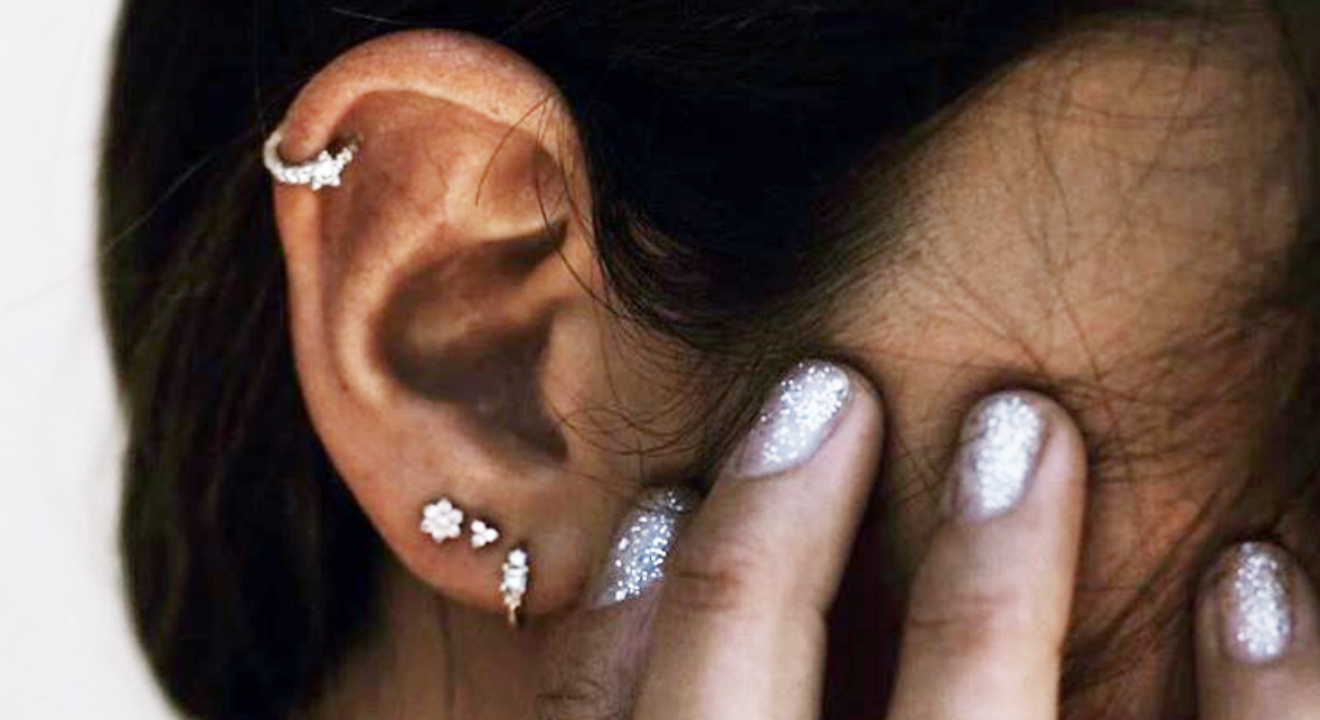Style May 9, 2017


Ear cartilage piercings come in various styles and designs. And with the various types of ear piercings out there, it’s important to know exactly what you want.
If you’re looking to get more than just the standard ear lobe piercing, then you’ve come to the right place. From the healing process to possible infections to different styles of earrings, ENTITY’s got you covered.
Here is all you need to know before going under the needle.
Let’s start with the basics. There are various types of cartilage piercings you can get on your ear, and these are three of the popular ones:
As is the case for any piercing, the amount of pain you experience depends on your tolerance and where you get it. For most people, however, the pain on a scale of one to 10 is at about a five.
The initial sensation will feel like an insect bite. Not too aggravating.
However, your newly pierced site may swell for the next couple of weeks as it heals.
If you already have an ear lobe piercing, you might be surprised that a cartilage piercing on other parts of your ear take much longer to heal. This is because ear lobes receive a decent amount of blood flow. Thus, they can heal fairly quickly – about four to six weeks. Other cartilage piercings, however, could take around three to six months. Because of this, it’s really important to take good care for your new piercing to prevent infections.
Caring for your cartilage piercing can be quite easy. All you have to do is wash the piercing with clean water or a saline solution, according to New Health Advisor. Just letting shower water run over your piercing is enough to clean it. But as you’re showing, don’t let suds from your shampoo cover the piercing.
Then, be gentle with the area and pat it dry. If the wound is really painful, you can use saline to soak it to help.
Avoid touching your piercing as much as you can, but if you must touch it, make sure your hands are clean and dry. Also make sure you don’t twist the piercing to break the crust. It may be tempting, but don’t do it!
The crust is an important part of the healing process so let it do its job.
Overall, though, just monitor your ears. Don’t be scared if you see a swollen piercing with a little discharge. It’s a normal part of healing. The only time you should be worried is if the piercing is painful to the touch, has a foul odor and is red around the edges. It may be infected and you should see a physician.
But for the most part, if you’re careful, you should be fine. Sure, sleeping might suck for a while, but you’ll have a new piercing to be proud of at the end.